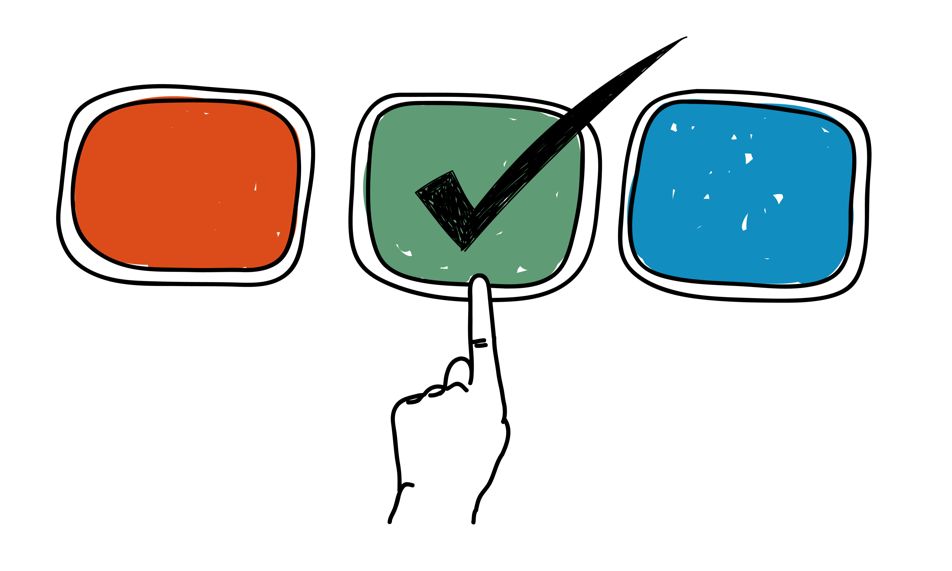Choosing the Right Standard for your Healthcare Software

As the number of Healthcare Software is rising, so are the concerns around the potential risks associated with it. Healthcare Software and/or Medical Device Software manufacturers can put their product at risk by failing to align their processes with ISO and/or IEC standards, leaving them vulnerable to weaknesses. But when they do align to ISO standards, what should these manufactures look for?
When it comes to software in healthcare, the standards you choose can make a big difference. For Healthcare Software, two standards stand out: IEC 62304 and IEC 82304. While ISO 13485 is a well-known quality management standard for medical devices, it doesn’t quite hit the mark for software. So what are some of the IEC 62304 and IEC 82304 pros?

Focus on Software Development
IEC 62304 is all about the medical device software lifecycle. It provides a framework for the development, maintenance and risk management of software. ISO 13485, on the other hand, has a more general approach and focuses on the quality management system for medical devices as a whole. It doesn’t dive deep into the specifics of software development, which can leave gaps in ensuring software quality and safety.
What about the IEC 82304?
IEC 82304 complements IEC 62304 by focusing on the quality and safety of Healthcare Software products in a broader context. It provides guidelines for the assessment of health software quality, including aspects like usability, performance as well as security. This standard is particularly useful for all Healthcare Software as it addresses to organizations with products that are intended to be placed on the market without dedicated hardware. The standard helps manufacturers evaluate the overall quality of their health software products, ensuring that they meet user needs and regulatory requirements. So IEC 62304 addresses the development process of a MDSW and IEC 82304 give Healthcare Software manufacturers guidelines on how to ensure that the end product is reliable and safe for its users.
Risk Management
Risk management is a big deal in the medical field. IEC 62304 integrates risk management directly into the software development process. It helps teams identify and mitigate risks throughout the software lifecycle. ISO 13485 mentions risk management too, however, it doesn’t provide the same level of detail or focus on software specific risks. Healthcare Software/MDSW manufacturers already know that software can change rapidly so having a risk management process tailored to their type of product is essential.
Software is dynamic
It evolves quickly and so do the regulations surrounding it. IEC 62304 is designed to accommodate changes in medical device software, making it easier for developers to adapt and update their products. Having a broader focus, the ISO 13485 can be more rigid and it may not be as responsive to the rapid nature of software development. Are you looking to innovate while staying complaint? Then maybe you should consider the flexibility that IEC 62304 offers when it comes to medical device software changes.
Software Validation and Verification
Validation and verification are key components of health software development. IEC 62304 emphasizes these processes, ensuring that the medical device software meets user needs and intended uses. It provides clear guidelines on how to validate and verify software. ISO 13485, while it does address validation, it doesn’t provide the same level of detail for software scenarios. Guidance for Developers For software developers, having clear and relevant guidelines is a must. IEC 62304 offers a structured approach that is easier for medical device software teams to follow. It speaks their language and addresses their unique challenges.
Conclusion
For Healthcare Software, IEC 62304 and IEC 82304 have a more tailored approach than ISO 13485. They focus on the specifics of software development, risk management and validation which makes them applicable to the particularities of Healthcare Software in general and MDSW in particular.